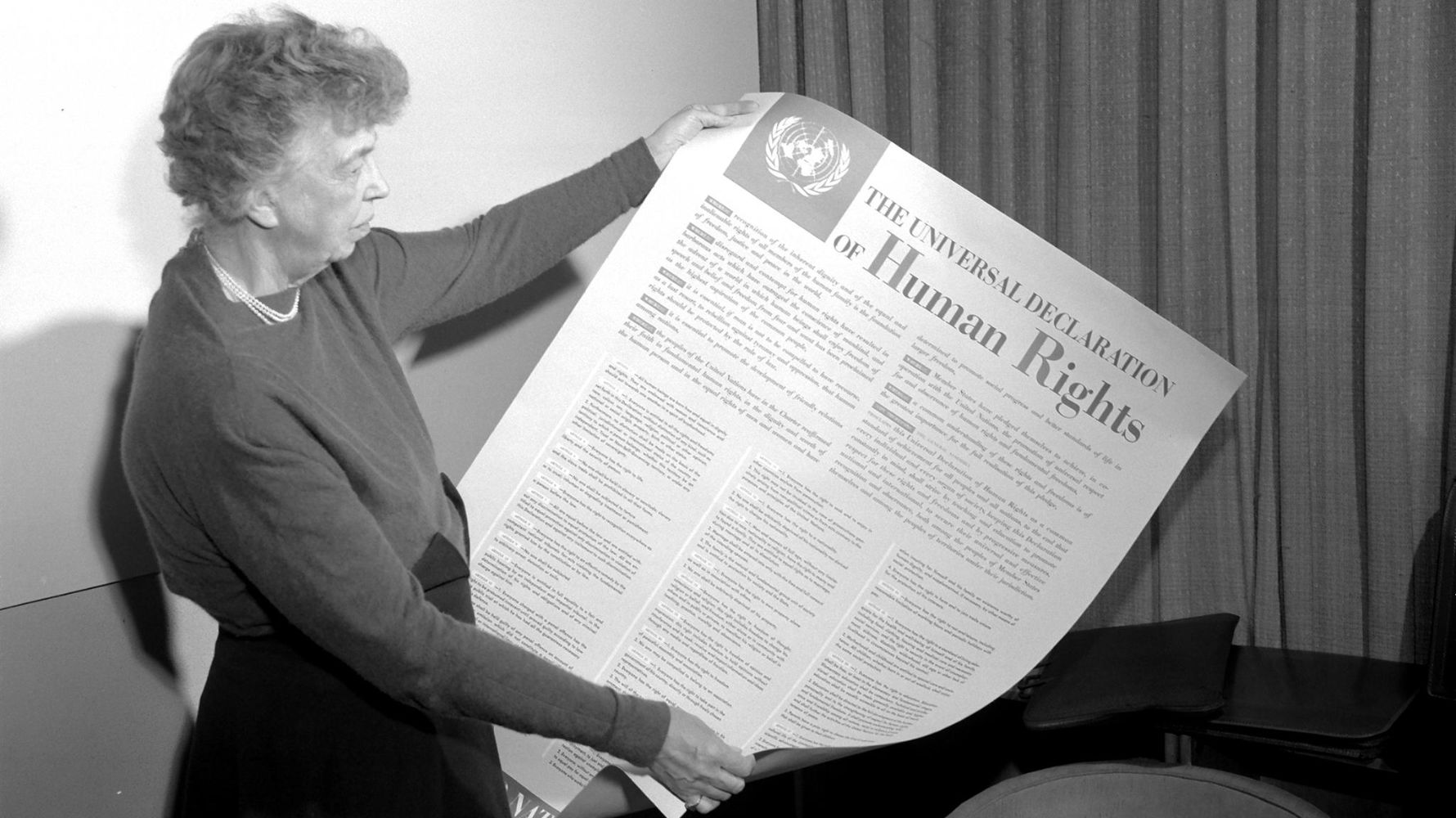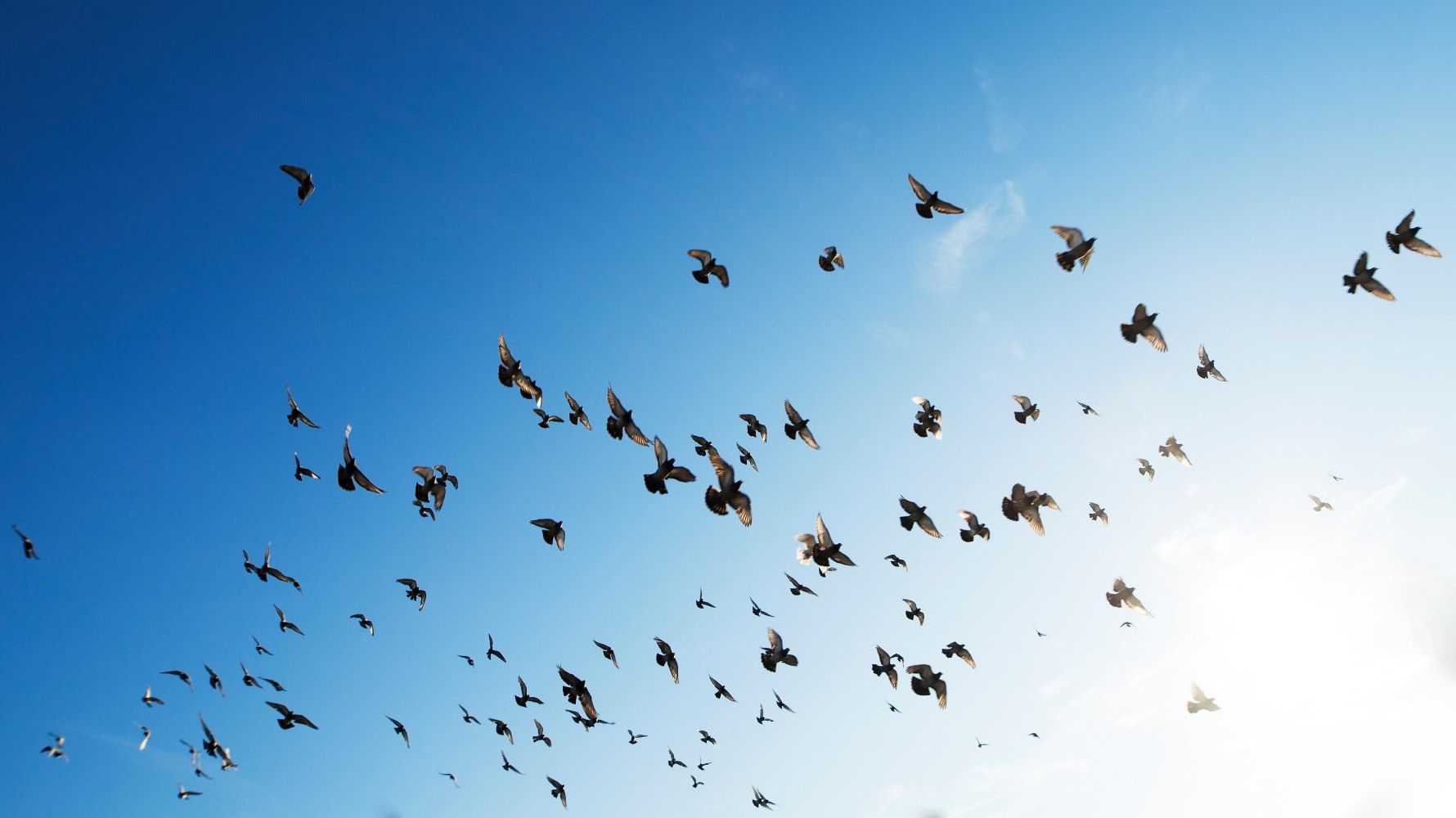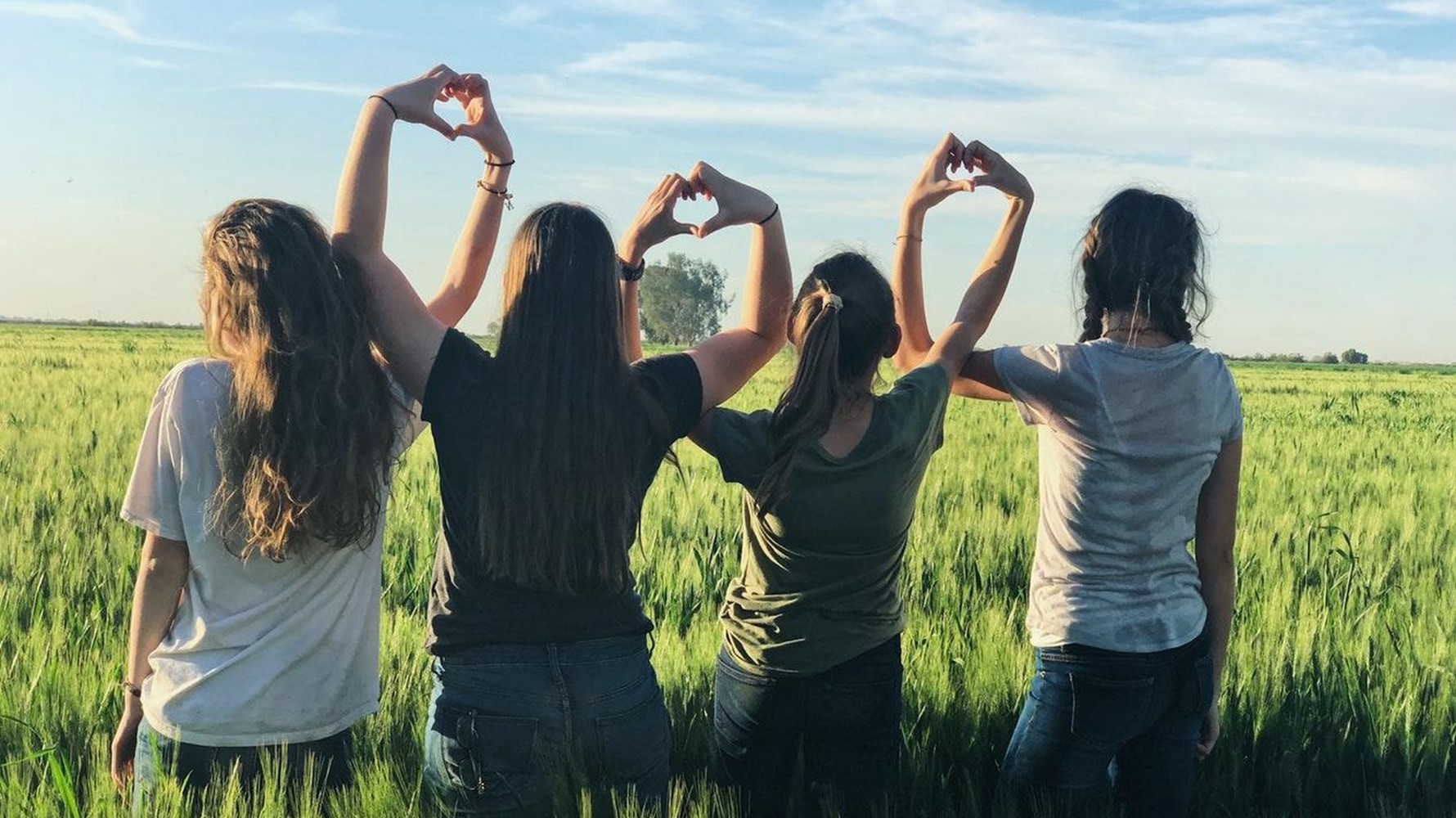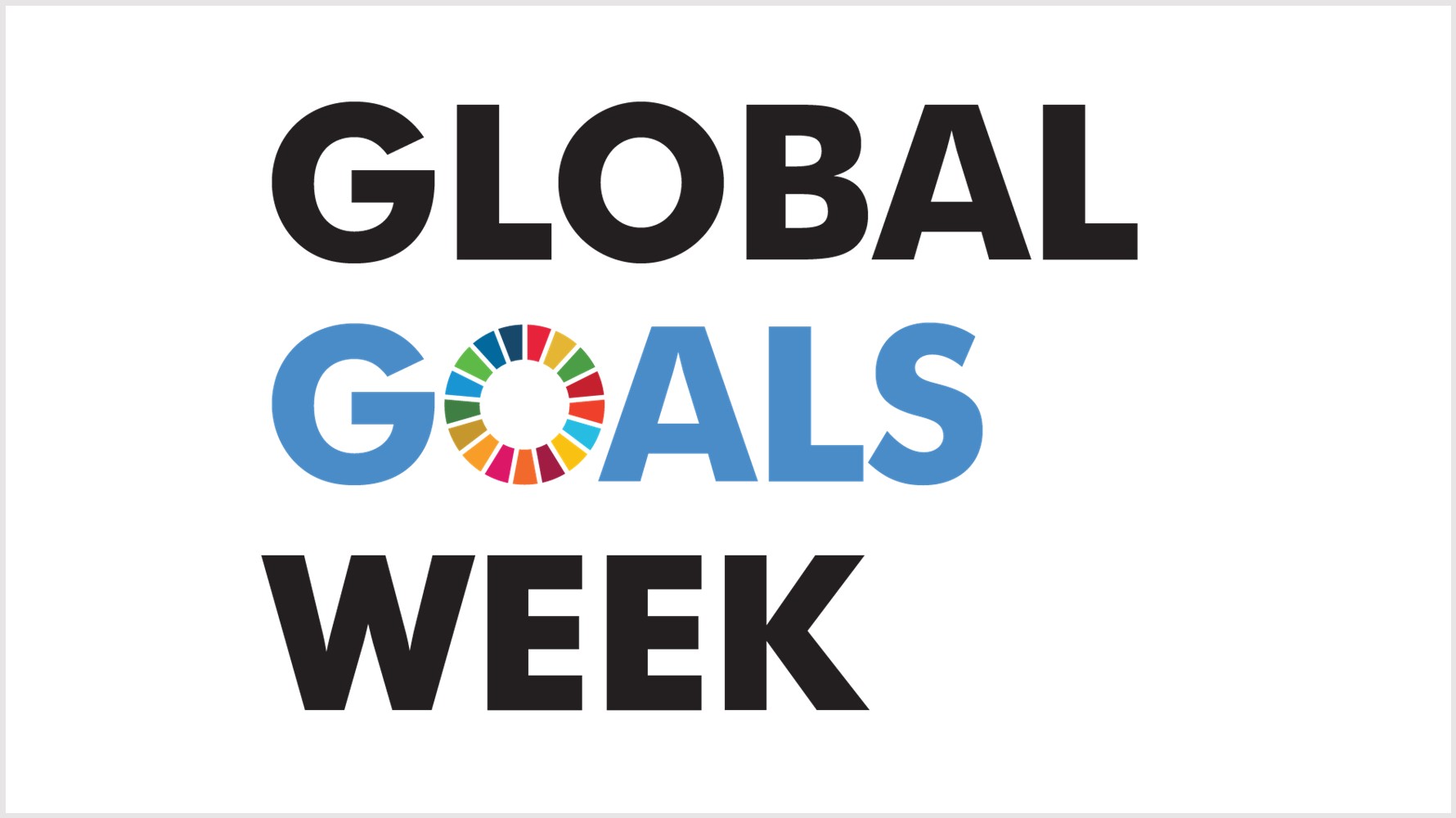Since 2013, World Day against Trafficking in Persons is held every on 30 July. A UN resolution designated this date to “raise awareness of the situation of victims of human trafficking and for the promotion and protection of their rights.” Human Trafficking is an issue that exploits people of all ages – children included – for numerous purposes including forced labor and sex.
According to the UN Office of Drugs and Crime (UNODC), around 225,000 persons worldwide have been reported as victims of trafficking since 2003.
As part of the travel industry, at CWT we are especially moved by this topic. Every year, we focus a substantial amount of our Responsible Business efforts to do our part in the fight against trafficking.
Through our collaboration with partners including the World Childhood Foundation, ECPAT, Thorn, and The Orphaned Starfish Foundation, we have supported major efforts to develop more effective policies, research, and tools against human trafficking and child sexual exploitation.
One of the latest has been the launch of digital anti-trafficking ads on our travelers’ portal with a simple call to action: report it.
It is paramount that we all stay vigilant. I encourage you to read a report published in July last year by the Polaris Project: On-Ramps, Intersections, and Exit Routes: A Roadmap for Systems and Industries to Prevent and Disrupt Human Trafficking.
Among other things, this report explores the hotels & motels and transportation sectors so - if you are a road warrior - you might want to familiarize yourself with it. There is a chapter in which they share signs airline staff should be vigilant of. Some of the ones that we might witness as fellow passengers are:
- Potential victims not being able to speak for themselves (e.g. potential traffickers answering questions and making decisions for the victim).
- Little to no knowledge of the destination or who is meeting them.
- Scripted or inconsistent stories.
- Traveling with only a few personal items.
- Wearing clothing inappropriate for the climate, or used to conceal signs of abuse.
- Overly fearful or anxious behavior.
- Verbal abuse.
- Controlling behavior (e.g. potential victim not being able to freely move about the cabin or interact with other passengers).
- Physically aggressive behavior (e.g. potential trafficker shoving a victim or violently grabbing their arm).
- Denial of food or beverages on flights.
- Signs of malnourishment, physical abuse, and/or exhaustion.
- Little to no eye contact.
With this in mind, let us keep an eye out to avoid human trafficking happening on our watch.







